Exploring the Peaceful Power of Tai Chi
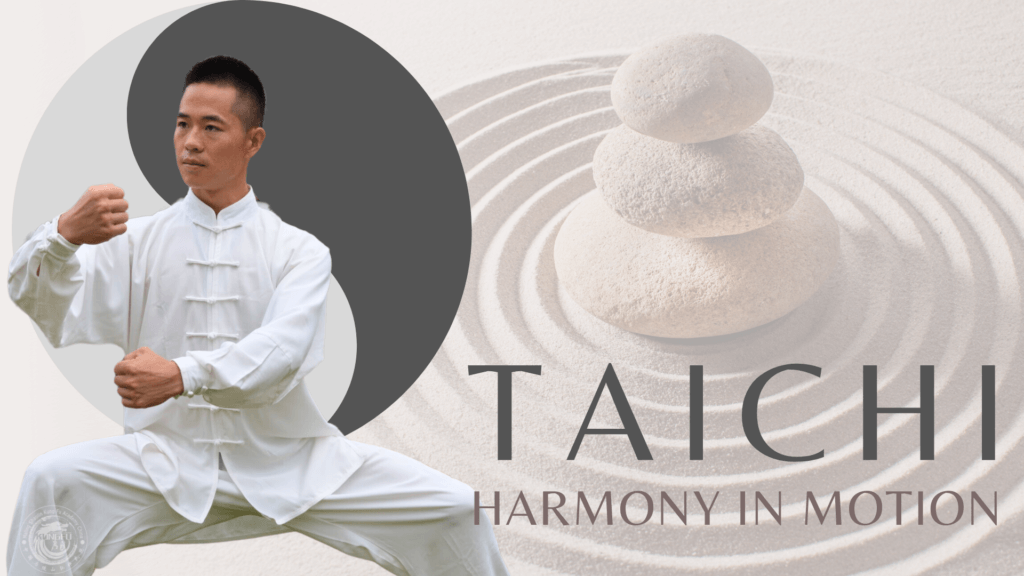
Tai Chi, also known as Tai Chi Chuan or Taijiquan, is a centuries-old Chinese martial art renowned for its graceful movements, health benefits, and profound philosophical underpinnings. Originating in ancient China, Tai Chi has evolved into various styles and forms, each with its unique characteristics and applications. In this comprehensive exploration, we delve into the multifaceted world of Tai Chi, tracing its evolution, examining its diverse styles, and uncovering its modern applications in health and competition.
The Evolution of Tai Chi
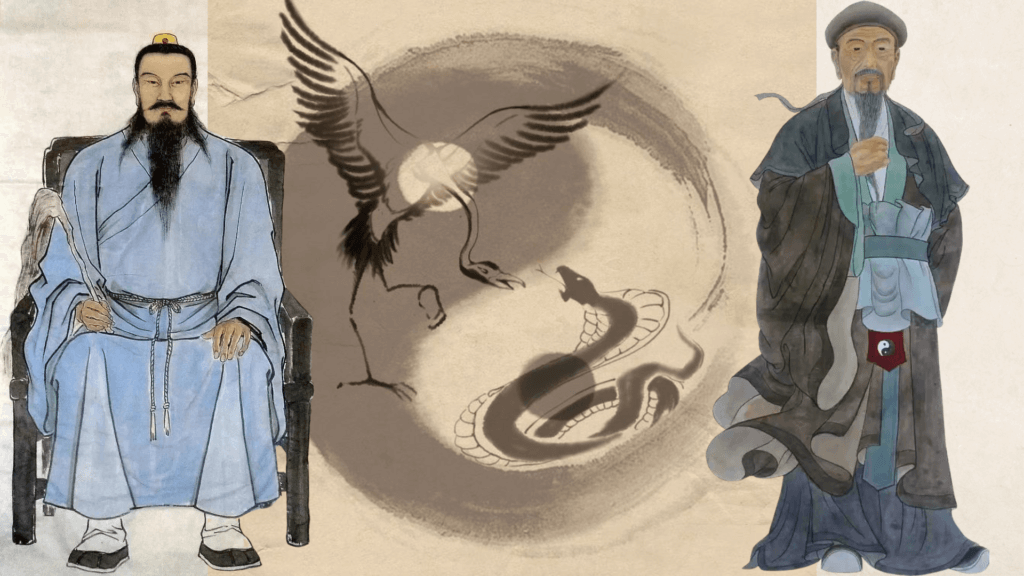
The question of who is credited as the founder of Tai Chi Chuan (Taijiquan) is a subject of debate and controversy among martial arts historians and practitioners. Two prominent figures, Zhang Sanfeng and Chen Wang Ting, are often associated with the creation or inspiration of Tai Chi Chuan, each with their own legends and narratives. Zhang Sanfeng’s story is said to originate in the 12th or 13th century, making his claim older. However, historical evidence supporting Zhang Sanfeng’s existence and his role in the creation of Tai Chi Chuan is scarce, and many consider him a mythical figure whose legend has been intertwined with the development of Chinese martial arts.
Chen Wang Ting is said to have created the style after retiring from military service in the 17th century. While historical records suggest that Chen Wang Ting existed, the extent of his involvement in the creation of Tai Chi Chuan is subject to interpretation and debate. Both Zhang Sanfeng and Chen Wang Ting are credited with influential roles in the development of Tai Chi Chuan, though the exact extent of their contributions remains shrouded in myth and legend.
Founder debate aside, over the centuries, Tai Chi underwent significant evolution and refinement, with various styles emerging to suit different preferences and needs. From the ‘original’ Chen Style to the more recent Yang, Wu, and Sun Styles, Tai Chi has adapted to changing times while preserving its core principles of balance, harmony, and internal energy cultivation.
Exploring the Various Styles of Tai Chi
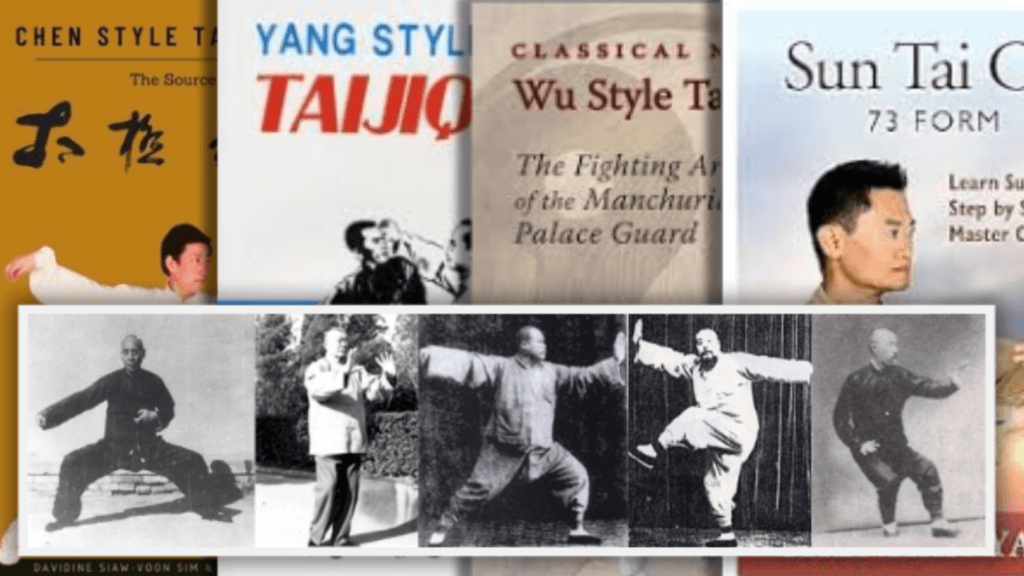
Tai Chi is characterized by its slow, flowing movements, which emphasize relaxation, concentration, and mindfulness. Each Tai Chi style has its unique emphasis, techniques, and forms:
- Chen Style: The oldest existing and most traditional style, known for its explosive power, low stances, and intricate movements.
- Yang Style: A popular and widely practiced style characterized by its gentle, expansive movements and emphasis on relaxation and fluidity.
- Wu Style: A compact and precise style known for its small, circular movements and focus on internal energy cultivation.
- Sun Style: A relatively modern style that integrates Tai Chi with elements of Xingyi and Bagua, featuring agile footwork and dynamic, compact movements.
Spiritual Aspects
Tai Chi is deeply rooted in Chinese culture and philosophy, drawing inspiration from Taoist principles of yin and yang, balance, and harmony. Practitioners of Tai Chi often incorporate meditation, breathing exercises, and visualization techniques into their practice to cultivate inner peace, mental clarity, and spiritual awareness. In addition to its martial applications, Tai Chi is regarded as a holistic system for promoting physical health, emotional well-being, and spiritual growth.
Modern Applications and Popular Styles
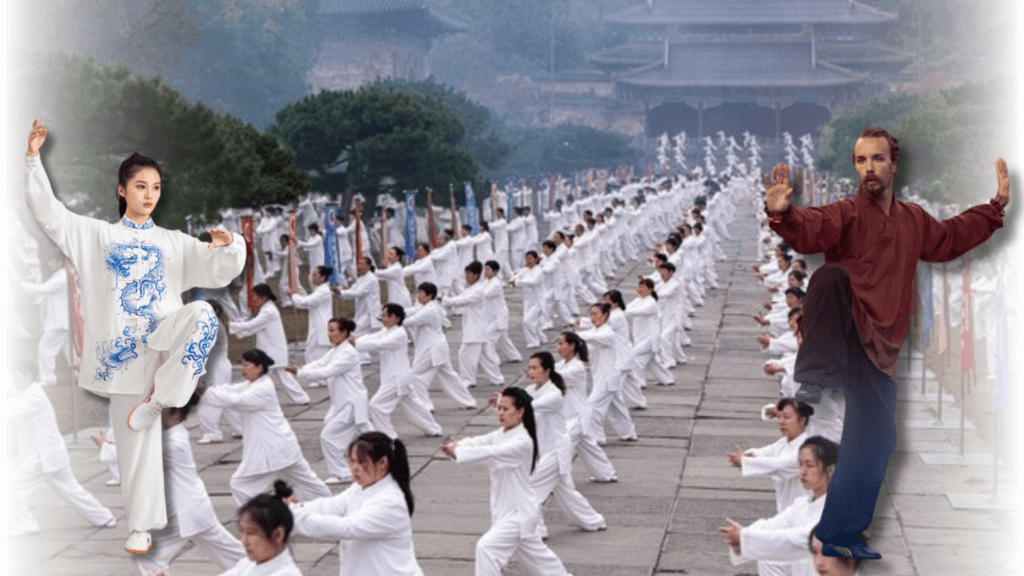
In modern times, Tai Chi has gained widespread popularity as a form of exercise for health and wellness. Numerous scientific studies have demonstrated the benefits of Tai Chi for improving balance, flexibility, strength, and overall physical health. Additionally, Tai Chi has found applications in various fields, including rehabilitation, stress management, and geriatric care. Popular modern styles such as Tai Chi for Health, Tai Chi for Arthritis, and Tai Chi for Beginners cater to diverse populations and fitness levels, making Tai Chi accessible to people of all ages and backgrounds.
Tai Chi in Competition and Performance
While Tai Chi is primarily practiced for health and self-cultivation, it also has a rich tradition of competitive performance. Tai Chi competitions feature solo and group forms, push hands (Tui Shou), and other martial applications, showcasing practitioners’ skill, precision, and mastery of technique. Competitors are judged on criteria such as posture, balance, coordination, and expression of internal energy (Qi).
Conclusion
Tai Chi embodies a rich tapestry of history, philosophy, and practice, weaving together martial arts, health, and spiritual cultivation into a harmonious whole. From its ancient origins in Chen Village to its modern applications in health and competition, Tai Chi continues to inspire and captivate people around the world with its timeless wisdom and graceful beauty. As we embrace the journey of Tai Chi, we discover not only physical vitality and well-being but also inner peace, balance, and connection to the profound rhythms of life.
Chen Style Tai Chi Demonstration with Master Bao & Student
MSKFA Styles: Tai Chi
Interested to learn more about Tai Chi? Here at Maling Shaolin Kung Fu Academy, we offer a wide range of disciplines including Northern Shaolin Kung Fu, Sanda, Tai Chi, Wing Chun, Baji, Xingyi, Bagua, and Animal Styles, among others. In fact, Tai Chi is a specialty of Head Master Bao! Click below to check out more on our styles and offerings:

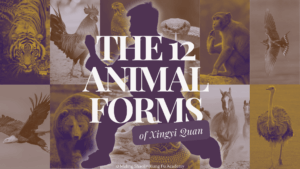
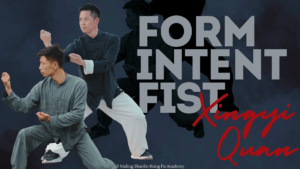
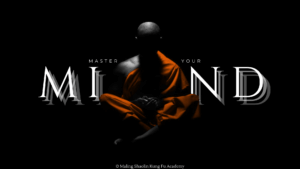
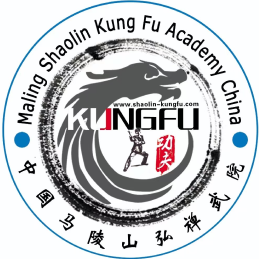
Greate post. Keep writing such kind of information on your blog.
Im really impressed by your site.
Hello there, You have performed a fantastic job.
I’ll certainly digg it and in my view suggest to my friends.
I’m sure they will be benefited from this site.